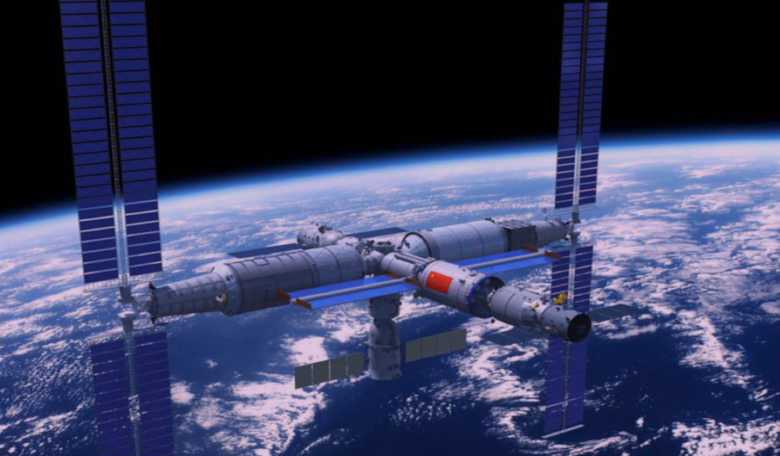Following China’s announcement last year that it would open up its space station to international organisations around the globe for scientific purposes, nine projects have been selected as the first batch of experiments that will take place in this floating laboratory when it finally becomes operational.
The selection was jointly implemented by the United Nations Office for Outer Space Affairs (UNOOSA) and the China Manned Space Agency (CMSA) and announced at this years Committee on the Peaceful Uses Of Outer Space held in Vienna.
A total of 42 applications, from governmental organisations, private sectors, and international associations in 27 countries, were received by UNOOSA and carefully whittled down by 60 experts to nine; six of which were fully accepted, while three were conditionally selected.
These 9 projects involve 23 institutions from 17 Member States of the United Nations and the experiments range from; measuring the polarisation of Gamma-Ray Bursts (GRBs), the Spectroscopic Investigations of Nebular Gas (SING) study, understanding the behaviour of partially miscible fluid in microgravity, investigating the instabilities of edge flames in the absence of gravity, learning how disease-causing bacteria behave on an altered/reduced gravitational environments and monitoring how tumours respond in space
“We are thrilled to be one of the selected spaceflight experiments,” said Tumours in Space Principal Investigator Dr. Tricia L. Larose via Twitter.
The conditionally accepted experiments projects involve, two infra-red (MIR) cameras to monitor the land and the atmosphere of Earth, the development of high-efficiency solar cells, and researching and testing of the next generation of cooling systems for space applications.
These will all take up residence on the China Space Station (CSS), which in its basic configuration, consists of a Core Module (CM), an Experiment Module I (EM I) and an Experiment Module II (EM II). The three modules are symmetrically T-Shaped and the station will orbit 340 to 450 kilometres above Earth.
The CM is expected to launch to its destination later this year and the whole station is due for completion some time in 2022. Once up and running up to 3 astronauts for daily life and work or 6 during crew rotation can be accommodated.
China is not the only nation with plans to establish its own off-world base, as earlier this week India also announced that it has plans to construct its own "very small" space station in the next decade.
"Our space station is going to be very small... useful to carry out experiments," Indian Space Research Organisation (ISRO) chief K. Sivan told reporters in New Delhi on Thursday.
This ambitious plan follows on from India’s prospering space endeavours which saw the country conduct its first lunar mission in 2008, and its mission to Mars in 2014. Totalling around $74 million, the project cost a fraction of the $671 million NASA spent on its Mars Atmosphere and Volatile EvolutioN (MAVEN) spacecraft, which launched in 2013.
Prior to the deployment of a space station however, the country needs to complete a crewed space flight and ISRO have scheduled one to take place by 2022.











